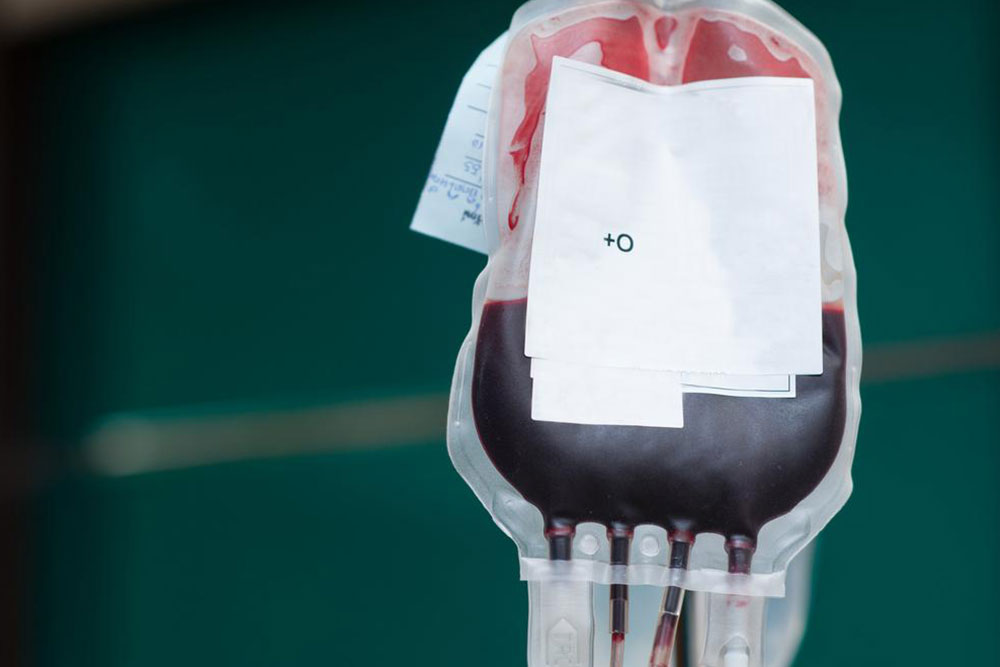Understanding Public Cord Blood Banking and Its Benefits
This article explains the role and benefits of public cord blood banks, highlighting their importance for medical treatments. It covers donation standards, matching processes, and compares public versus private banks, emphasizing their effectiveness and cost considerations for maintaining these resources.

Understanding Public Cord Blood Banking and Its Benefits
Public cord blood banks operate similarly to traditional blood banks, allowing anyone to donate. They adhere to strict quality standards, and donations that do not meet these criteria are rejected. These banks utilize national registries to locate samples efficiently. Since patients often need multiple samples for treatment, public banks combine donations to ensure enough cells are available. Unlike bone marrow transplants, cord blood transplants don't require exact genetic matches, simplifying the process of finding suitable donors.
This greatly facilitates treatment, allowing for easier matching from a broader donor pool. Unfortunately, up to 80% of donations may be discarded due to issues like contamination during collection or insufficient cell counts. Public banks maintain higher standards compared to private ones and are more effective for patient treatment. They also offer better genetic matching options, making them more accepted in the medical community.
Establishing and maintaining a public cord blood bank involves significant costs, primarily because they do not charge storage fees like private banks. Consequently, there are relatively few public banks. Recent research shows most cord blood transplants come from public banks. A study revealed only 50 transplants sourced from private banks, most for family members, with the majority of donors aware of the need beforehand. Only a small number of transplants involved using the donor’s own cord blood, highlighting the limited advantage of private banking.
Disclaimer:
The information on our platform covers diverse topics to provide useful insights. While our research aims to be accurate, readers should not treat the articles as definitive. We are not responsible for data discrepancies or errors on other sites. Additionally, some schemes or offers may be omitted, which could be more beneficial for readers.










